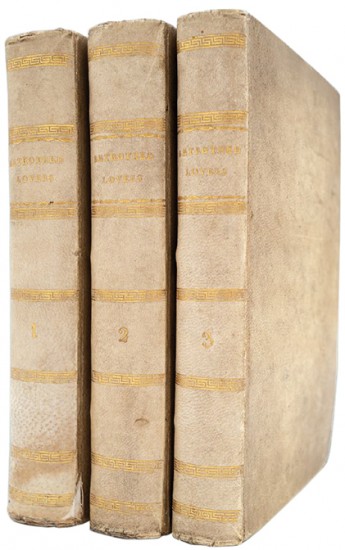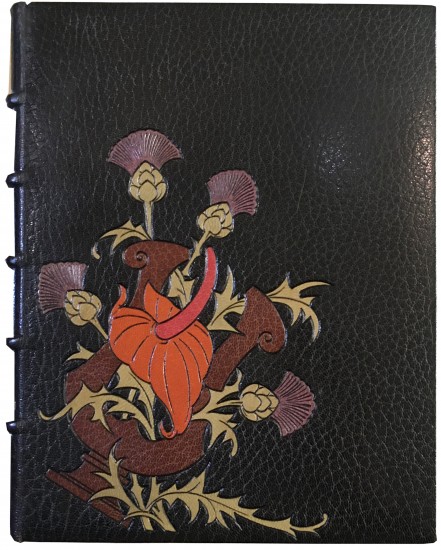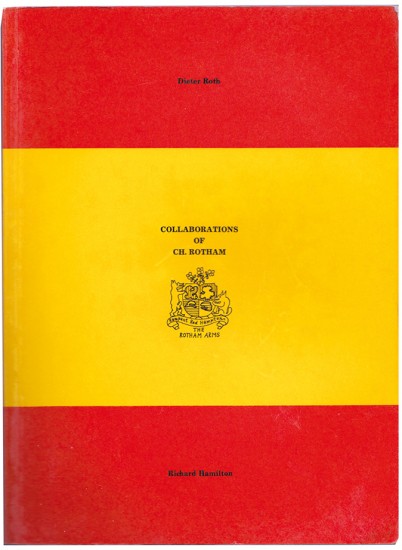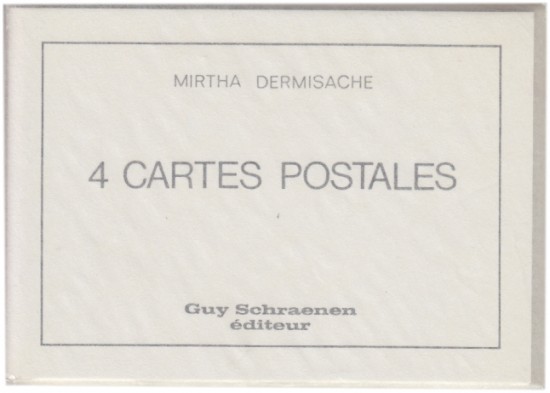Original Watercolours for 'Scene Popolari di Napoli'
Vianelli, Achille
(Naples). c.1827
Sold
A charming and well executed series of watercolours for 'Scene Populari di Napoli'.
Although this small album of watercolours bears no attribution or indication as to authorship, the titles (see below) match those of the 1831 Neapolitan publication 'Scene Populari di Napoli' - the presence of Vesuvius in many of the images establishes the locale - and it is tempting to assume that these are the original watercolours for that work. Illustrated with colour aquatint plates, the 'Scene' was published by the German Theodore Witting's 'Edizione Witting' and featured plates by Achille Vianelli (1803 - 1894) and by Giacinto Gigante (1806 - 1876). All three were connected by marriage (Vianelli was married to Gigante's sister and Witting, in turn, was married to Vianelli's sister), all three were artists, and all three were known for their work in and around Naples and their connection to the loose 'School of Posillipo'. Although it is possible that this album contains work by all three, the nature of the singular hand suggests a single author and Achille Vianelli seems the most likely.
Born in Genoa, raised in Otranto and schooled in Naples, Vianelli met Gigante in 1819 and the two, both by sympathy landscape painters, collaborated on a number of illustrative projects including the 'Scene Populari di Napoli' alluded to previously and the 'Viaggio Pittorico nel Regno delle Due Sicilie'. Vianelli was an honorary professor at the Academy of the Fine Arts Naples and was given the Order of Francesco I of the Two Sicilies; he moved to Benevento in 1848 where he remained until his death.
The manuscript captions of each of the plates are as follows: 'Il Fruttajolo'; 'Il Teatrino di Pulcinella'; 'Il Maccaronaro'; 'Spiegatore di Miracoli della Madonna'; 'I Pidocchiosi'; 'La Novena di Natale'; 'Il Mellonaro'; 'La Tarantella'; 'Venditor di Fiori'; 'L'Aquajolo'; 'L'Erbajolo'; 'Il Calesse di Resina'; 'Bottega di Cacio ed Olio'; 'Il Mercatore di Santilli'; 'Ragazzo Orfane che Vanno Cantando per le Strade'; 'Essequie Napolitana'; 'Il Sorbettiere Ambulante'; 'Il Giuco della Morra'; 'Il Cantor di Rinaldo sul Molo'; 'Il Calessino di Napoli'; 'Il Ritorno della Festa della Madonna dell' Arco'; 'Venditore di Frutti di Mare a Sta. Lucia'; 'Venditore di Franfellicchi' and 'Zampognaro che fa Ballare i Pupi'.
[Thieme-Becker 34, 319].
Although this small album of watercolours bears no attribution or indication as to authorship, the titles (see below) match those of the 1831 Neapolitan publication 'Scene Populari di Napoli' - the presence of Vesuvius in many of the images establishes the locale - and it is tempting to assume that these are the original watercolours for that work. Illustrated with colour aquatint plates, the 'Scene' was published by the German Theodore Witting's 'Edizione Witting' and featured plates by Achille Vianelli (1803 - 1894) and by Giacinto Gigante (1806 - 1876). All three were connected by marriage (Vianelli was married to Gigante's sister and Witting, in turn, was married to Vianelli's sister), all three were artists, and all three were known for their work in and around Naples and their connection to the loose 'School of Posillipo'. Although it is possible that this album contains work by all three, the nature of the singular hand suggests a single author and Achille Vianelli seems the most likely.
Born in Genoa, raised in Otranto and schooled in Naples, Vianelli met Gigante in 1819 and the two, both by sympathy landscape painters, collaborated on a number of illustrative projects including the 'Scene Populari di Napoli' alluded to previously and the 'Viaggio Pittorico nel Regno delle Due Sicilie'. Vianelli was an honorary professor at the Academy of the Fine Arts Naples and was given the Order of Francesco I of the Two Sicilies; he moved to Benevento in 1848 where he remained until his death.
The manuscript captions of each of the plates are as follows: 'Il Fruttajolo'; 'Il Teatrino di Pulcinella'; 'Il Maccaronaro'; 'Spiegatore di Miracoli della Madonna'; 'I Pidocchiosi'; 'La Novena di Natale'; 'Il Mellonaro'; 'La Tarantella'; 'Venditor di Fiori'; 'L'Aquajolo'; 'L'Erbajolo'; 'Il Calesse di Resina'; 'Bottega di Cacio ed Olio'; 'Il Mercatore di Santilli'; 'Ragazzo Orfane che Vanno Cantando per le Strade'; 'Essequie Napolitana'; 'Il Sorbettiere Ambulante'; 'Il Giuco della Morra'; 'Il Cantor di Rinaldo sul Molo'; 'Il Calessino di Napoli'; 'Il Ritorno della Festa della Madonna dell' Arco'; 'Venditore di Frutti di Mare a Sta. Lucia'; 'Venditore di Franfellicchi' and 'Zampognaro che fa Ballare i Pupi'.
[Thieme-Becker 34, 319].
[24 unnumbered leaves]. 12mo. (158 x 140 mm). 24 original watercolours, each depicting a Neapolitan scene within black border recto only, manuscript captions in sepia ink beneath, pencil foliation at upper right. Contemporary green patterned calf, boards with roll tool borders in blind, terracotta endpapers.
#45084












